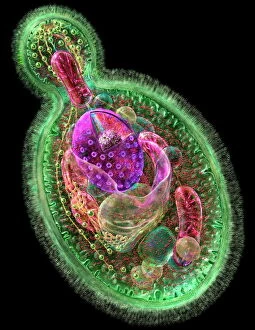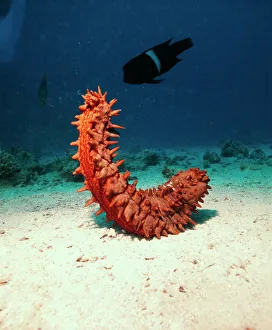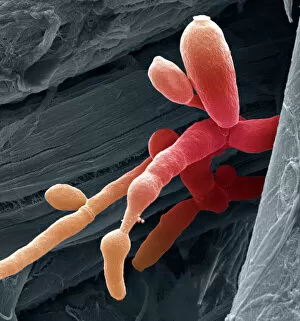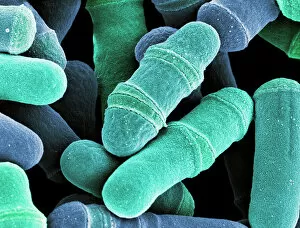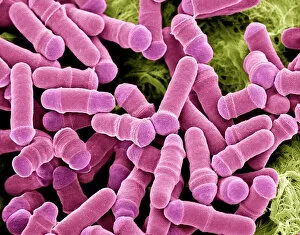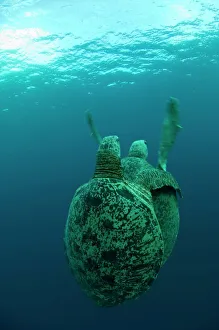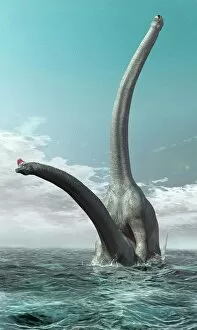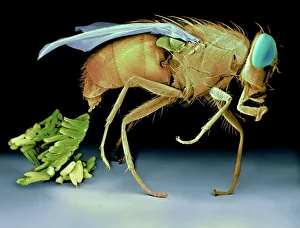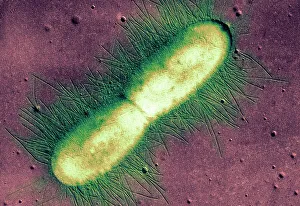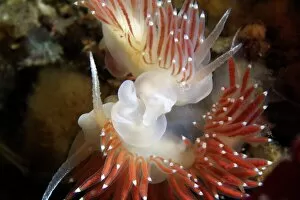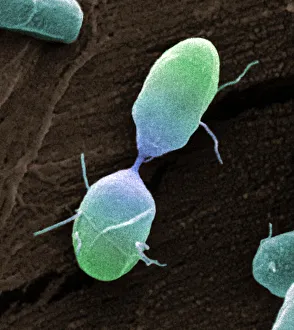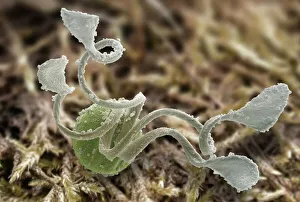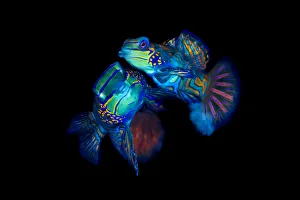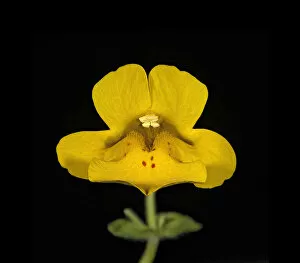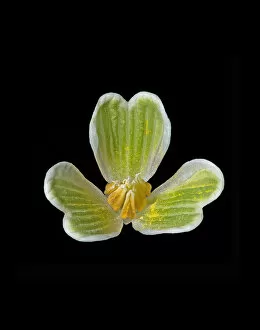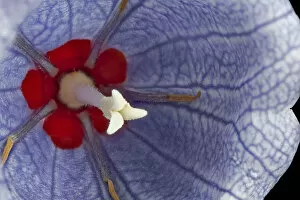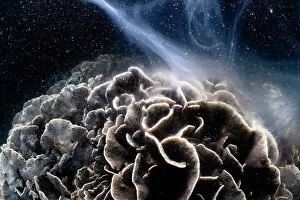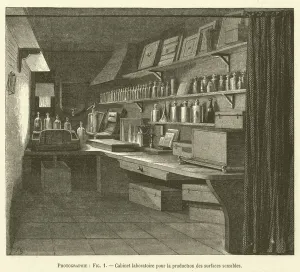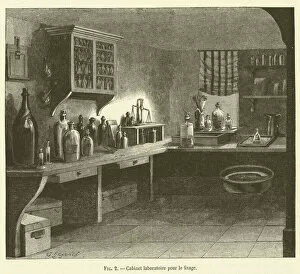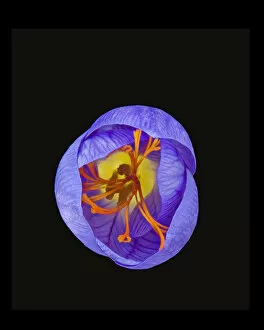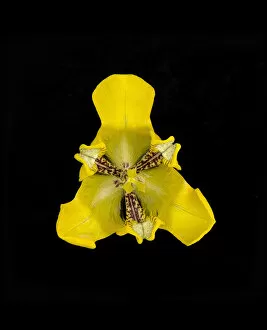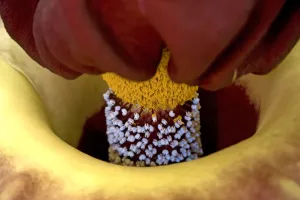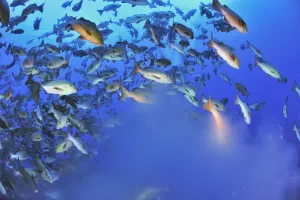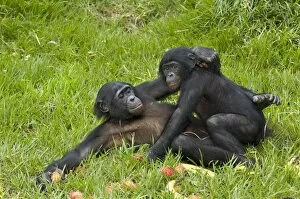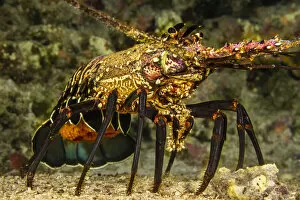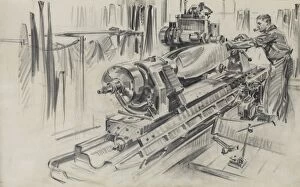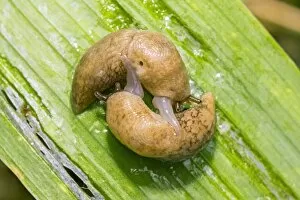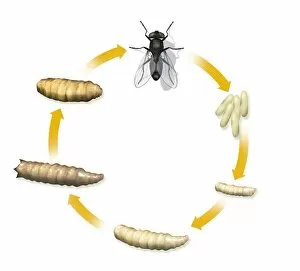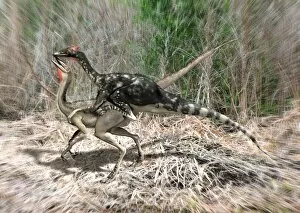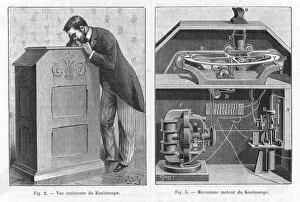Reproducing Collection
"Nature's Intricate Dance: Exploring the Fascinating World of Reproduction" From the majestic Tyrannosaurus rex dinosaurs to the delicate budding yeast cells
All Professionally Made to Order for Quick Shipping
"Nature's Intricate Dance: Exploring the Fascinating World of Reproduction" From the majestic Tyrannosaurus rex dinosaurs to the delicate budding yeast cells, reproduction takes on various forms in the natural world. Witnessing a male Leach's sea star releasing streams of sperm from its arms or observing Green turtles engaging in an ancient mating ritual, we are reminded of the diverse strategies employed by different species. In Kagoshima Prefecture, Kyushu, Japan, a captivating photograph captures the moment when life begins underwater. The Wildlife Photographer of the Year 2022 winner showcases Male Leach's sea star broadcast spawning, as it gracefully releases its genetic material into the ocean currents. Even seemingly simple organisms like sea cucumbers and Candida fungus have their unique reproductive processes. A microscopic view reveals intricate details of dividing yeast cells and Candida fungus under scanning electron microscopy (SEM), highlighting their remarkable ability to multiply and propagate. Moving onto land-dwelling creatures, Sauroposeidon dinosaurs engage in an awe-inspiring display during mating season. These colossal beings intertwine their bodies with grace and power, ensuring continuity for their species through generations. Meanwhile, female limpets off Hokkaido coast in Japan release a stream of eggs into water during spawning—a mesmerizing sight that signifies new life entering our oceans. In contrast to this gentle act is blowfly laying eggs captured under SEM; even though it may seem repulsive to some observers, it serves as a reminder that every organism has its role within ecosystems. Lastly, we delve into viral replication—the Herpes virus intricately multiplying within host cells. While viruses may not fit traditional definitions of "life, " they too possess mechanisms for reproduction that perpetuate their existence. Reproduction is nature's eternal cycle—complex yet beautiful—an essential process that ensures survival across all living beings. Through these glimpses into different reproductive strategies found throughout Earth's vast tapestry of life, we gain a deeper appreciation for the wonders of nature's intricate dance.

